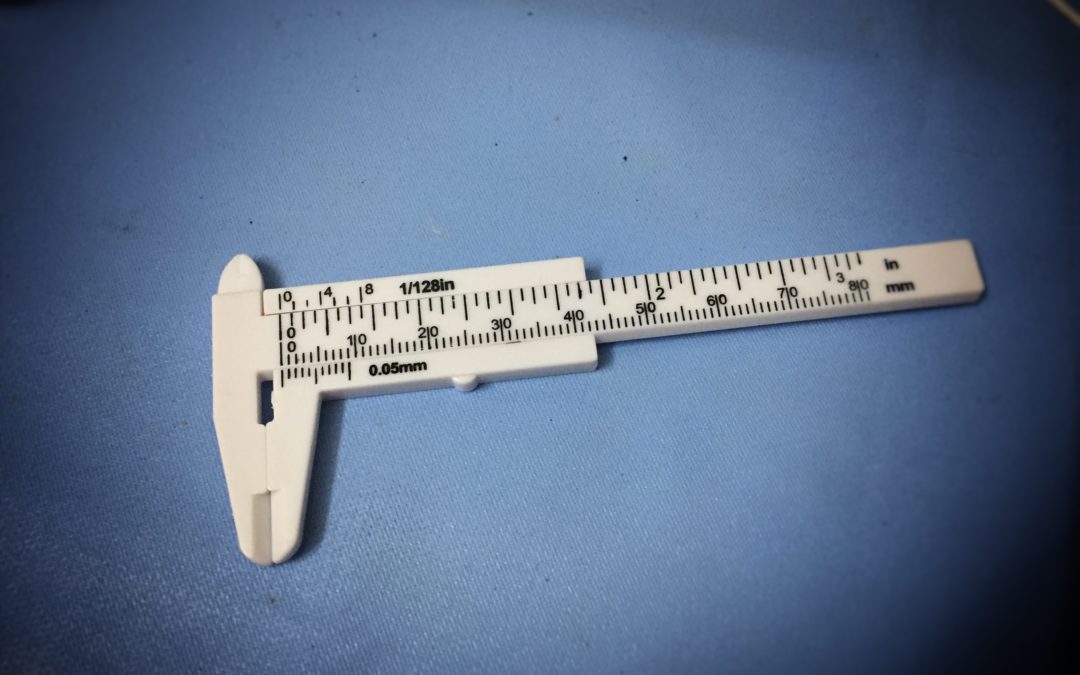Understanding Poly Bag Thickness
Poly bag ply relates to the strength, durability, and protective capability of the bag. Depending on what you need to package, you may need a stronger, thicker bag to hold your product. This is measured according to a poly bag’s mil score.
What’s a Mil?
A mil is the industry-wide measurement unit for poly bag thickness, or gauge.
One mil is equal to a thousandth of an inch (1000 mil = 1 inch). Most poly bags are 6 mil or less, with the average poly bag breadth around 2 mil. This may seem like a small range, but for poly bags, there’s a big difference between 0.5 or 1 mil poly bag and a 5 mil poly bag.
It’s important to note that the industry standard practice in the manufacturing of poly bags and other flexible materials is to produce materials to nominal thickness — 10% thinner than the specified mil — unless requested as full gauge. This means that a 2 mil poly bag manufactured to nominal thickness would actually measure 1.8 mil, or 0.0018 inches thick.
To get an accurate quote for your custom poly bag order, be sure to specify nominal thickness or full gauge thickness.
Common Poly Bag Mil Types
To help you understand the difference between common poly bag thicknesses, here are some of the different uses for poly bags at varying mil sizes.
| Poly Bag Thickness: Mil | Poly Bag Thickness: Inches | Poly Bag Uses |
| <1 | 0.0005-0.00075” | Meant for short-term use requiring little protection, such as produce bags or dry cleaning bags. |
| 1-2 | 0.001-0.002” | Moderate protection for storing, shipping, or displaying items like food, clothing, or retail products. |
| 3 | 0.003” | |
| 4 | 0.004” | Heavy-duty protection for heavy or abrasive products. Can also be tear and scratch-resistant for added durability. Ideal for storing bulk items like screws or parts or large industrial uses such as pallet covers. |
| 5 | 0.005” | |
| 6 | 0.006” |
How to Choose Poly Bag Thickness
When choosing the right poly bag mil, you’ll need to consider three things: the product it will need to contain, the protection required for your product, and the ideal durability for your poly bag.
- Measure Your Product: What are you putting in the poly bag? Consider the dimensions of your product, but particularly the weight. Heavier items require thicker mil poly bags than light items, regardless of size.
- Choose the Level of Protection: Does your product need extra protection for fragile or sharp edges? Delicate items may require a thicker poly bag for better protection from damage like scratching. Thicker poly bags can also protect other items from your product — if your item has sharp edges, for example.
- Consider Poly Bag Durability: How long does your poly bag need to last to protect your product, reach the shipment destination, or sit in storage? Whether your poly bag is single use or reusable will affect the mil. Reusable bags should be at least 2 mil, while temporary poly bags can be less than 1 mil.
Poly bags are an incredibly versatile packaging material that can be developed into varying strengths to serve any application. If you’re still not sure which poly bag thickness is right for you, talk to an expert from A-Pac Manufacturing. We’d love to learn more about your product and application and help you find the very best thickness and size poly bag for your company.

